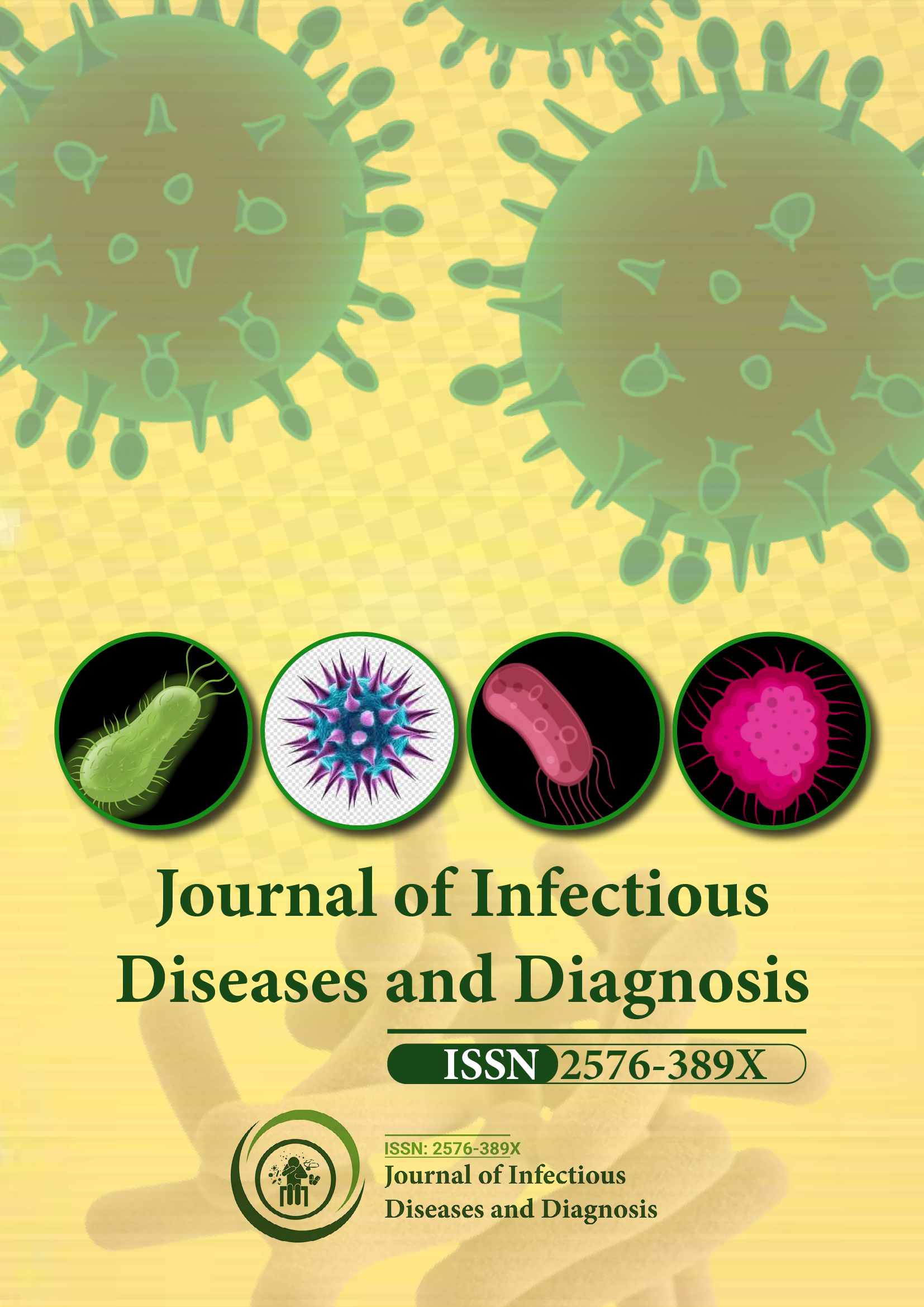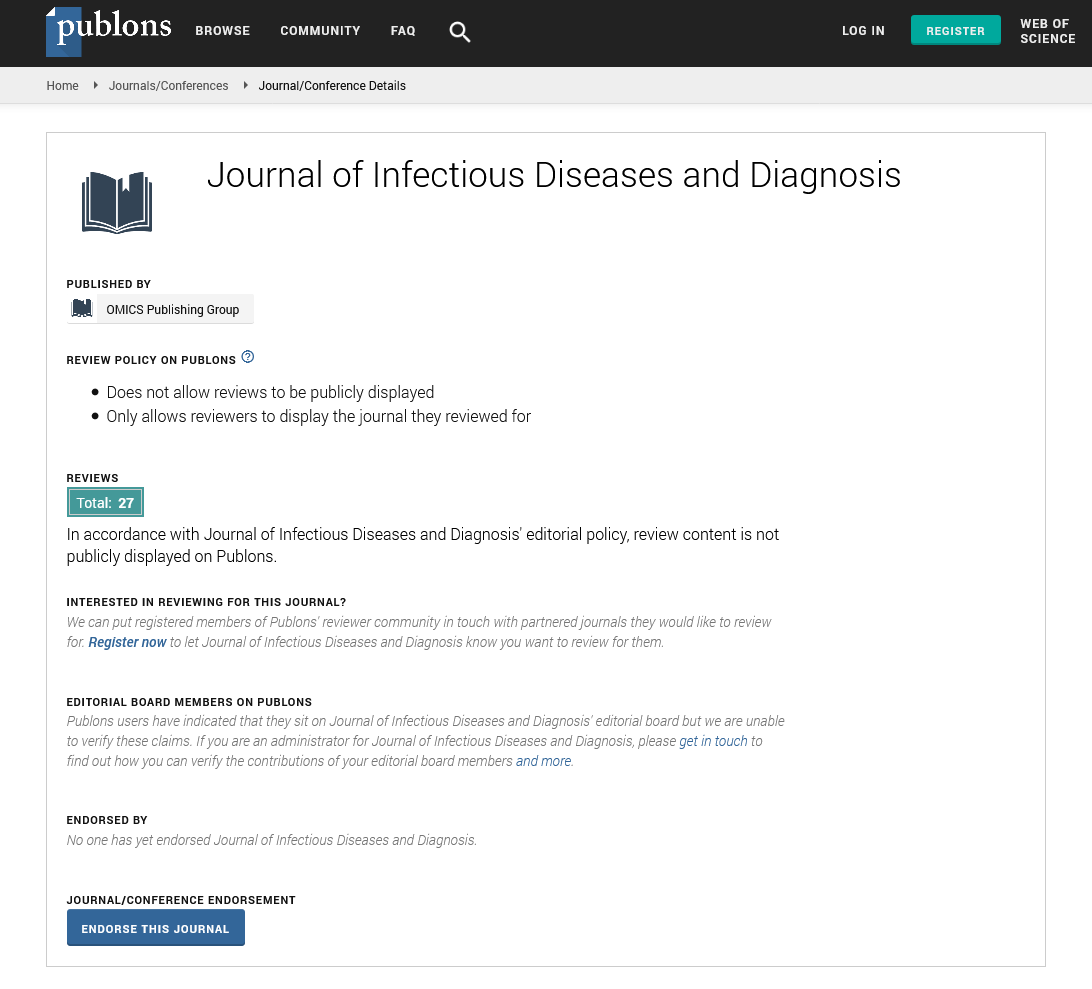Indexed In
- RefSeek
- Hamdard University
- EBSCO A-Z
- Publons
- Euro Pub
- Google Scholar
Useful Links
Share This Page
Journal Flyer

Open Access Journals
- Agri and Aquaculture
- Biochemistry
- Bioinformatics & Systems Biology
- Business & Management
- Chemistry
- Clinical Sciences
- Engineering
- Food & Nutrition
- General Science
- Genetics & Molecular Biology
- Immunology & Microbiology
- Medical Sciences
- Neuroscience & Psychology
- Nursing & Health Care
- Pharmaceutical Sciences
Abstract
Systematic Review on Prevalence and Antimicrobial Resistance Patterns of Salmonella Isolates in Human Stools and Animal Origin Foods in Ethiopia
Dek Kahin Yosef* and Kader Muse
Background: Food borne diseases caused by non-typhoidal Salmonella spp. remains critical public health threat globally. Human Salmonellosis resulted in millions of deaths worldwide where developing countries such as Ethiopia are mostly affected. Nowadays, globally Salmonella spp. isolated from human stools and animal origin foods exhibited wider antimicrobial resistance; in addition, multi-drug resistant Salmonella strains have been reported from sub- Saharan Africa. Therefore; the overall aim of this review is to qualitative summarize the available data of Salmonella spp. from human stool and animal origin foods in Ethiopia.
Method: Systematical search of relevant literatures from three databases (PubMed, Google Scholar and Science Direct) was carried out with regard of specific date of publications (2010-2021) in order to summarize the prevalence and antimicrobial susceptibility patterns of Salmonella spp. from human stool and animal origin foods in Ethiopia.
Result: 52 research articles have fulfilled in the inclusion criteria of this systematic review and got included. 37 of them had been selected for prevalence of Salmonella spp. whereas 15 of them had been chosen for antimicrobial susceptibility pattern. Most of the articles reported higher prevalence of salmonella isolates together with increased drug resistance. The prevalence of Salmonella spp. in articles targeting food handlers ranged from 1.2% to 9.04%. Articles focusing on children and U-5 children had a prevalence of Salmonella spp. ranging from 0.9% to 12.6%. Studies involving animal-related foods like milk, meat and eggs reported a highest prevalence of 20% for Salmonella species, followed by 16.4%.
Conclusion and recommendation: After qualitative summarizing of the included articles, Salmonella spp. shows higher prevalence (specifically among U-5 children followed by outpatients) and higher antibiotic resistance (particularly against ampicillin followed by tetracycline) in Ethiopia. Therefore, early and accurate laboratory diagnosis with antimicrobial susceptibility pattern, hygienic practices improvement and appropriate use of antibiotics are highly recommended.
Published Date: 2025-05-09; Received Date: 2024-02-11

